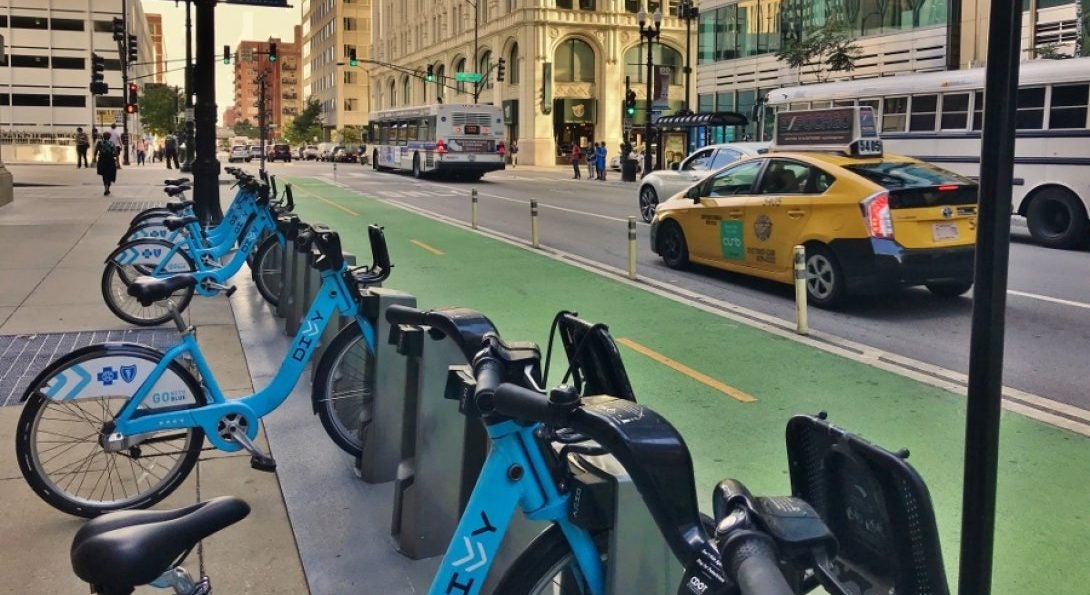Engaging Public Health in Complete Streets

Text Heading link
Moving toward Complete Streets also provides opportunities to increase physical activity, decrease traffic related injuries and deaths, improve air quality, decrease storm water runoff, and increase equitable access to public transportation. This movement is motivating and challenging the public health community to engage in policy initiatives traditionally associated with planning, transportation, and public works. But how does the public health community get started, and what can they do?
Dr. Jamie Chriqui, who co-leads the Illinois Prevention Research Center Physical Activity Policy Research Network Plus (PAPRN+) Collaborating Center, is working on a project to identify how public health can engage in Complete Streets initiatives. She and her team are interviewing representatives from public health and planning/transportation/public works in 13-15 jurisdictions across the county where public health is actively engaged in the policy process, spanning development, adoption, and/or implementation. These interviews will inform a forthcoming public report as well as case studies illustrating best practices that can help other jurisdictions engage in Complete Streets projects.
Emerging key themes:
- Public health advocates can engage at multiple points in the policy process, ranging from educating policy makers on the health benefits of Complete Streets to evaluating health impacts related to specific initiatives.
- Public health can play a pivotal role in educating leadership and the public on the health benefits of Complete Streets policies.
- Building relationships and trust across departments/agencies is critical, especially as this may be the first time other departments are working with public health representatives.
- Public health can build on existing collaborations to become directly involved with Complete Streets work. For example, Safe Routes to School often dovetails nicely with Complete Streets initiatives.
- Public health can leverage existing programs and initiatives to facilitate community input on Complete Streets projects.
Update. The Public Health Engagement in Complete Streets Initiatives: Examples Lessons Learned research report was released in April 2019.
Illinois PRC partners with Active Transportation Alliance to promote walking, biking, and public transit.
This project is being supported with a grant from the Physical Activity Research Center (PARC) at the University of California, San Diego, and by the Illinois Prevention Research Center PAPRN+ Collaborating Center.
ABOUT THE AUTHOR
This post was written by Christina Sansone, MPH, CHES, a qualitative researcher with a focus on the intersection of community change and policy. She rides her bike daily on Chicago’s Complete Streets.